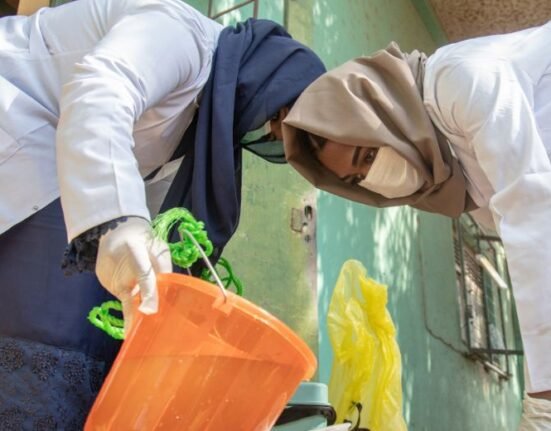HQ Team
April 4, 2023: About one in six people worldwide suffer from infertility, a disease that disables the male or female reproductive system to achieve pregnancy after 12 months or more of regular unprotected sexual intercourse, a WHO report stated.
The rates are comparable for high, middle, and low-income countries, indicating that this is a major health challenge globally. Lifetime prevalence was 17.8% in high-income countries and 16.5% in low- and middle-income countries, according to the report.
“The report reveals an important truth – infertility does not discriminate,” said Dr. Tedros Adhanom Ghebreyesus, Director-General at WHO.
“The sheer proportion of people affected shows the need to widen access to fertility care and ensure this issue is no longer sidelined in health research and policy so that safe, effective, and affordable ways to attain parenthood are available for those who seek it.”
Solutions for preventing, diagnosing, and treating infertility — including assisted reproductive technology such as in vitro fertilization — remain underfunded and inaccessible for many due to high costs, social stigma, and limited availability.
Out of pocket
In most countries, fertility treatments are largely funded out of pocket – often resulting in devastating financial costs.
People in the poorest countries spend a greater proportion of their income on fertility care compared to people in wealthier countries. High costs frequently prevent people from accessing infertility treatments or can catapult them into poverty as a consequence of seeking care.
“Millions of people face catastrophic healthcare costs after seeking infertility treatment, making this a major equity issue and all too often, a medical poverty trap for those affected,” said Dr. Pascale Allotey, Director of Sexual and Reproductive Health and Research at WHO.
“Better policies and public financing can significantly improve access to treatment and protect poorer households from falling into poverty as a result.”
The report called for greater availability of national data on infertility, disaggregated by age and cause, to help with quantifying infertility and knowing who needs fertility care and how risks can be reduced.
Undue focus on contraception
The search identified 12,241 records of potentially relevant studies across the world. Screening of these records led to the selection of 133 studies included in the report’s analysis.
From these, relevant data points were used to generate pooled estimates, for lifetime and period infertility prevalence.
The infertility issue has not received much attention globally, and this is mainly because in population discussions there was much more of a focus on contraception rather than infertility. The infertility issue has just not been prioritized.
While reported prevalence estimates of infertility vary widely due to different methodologies, global estimates show that between 48.5 and 72.4 million couples have infertility.
In the male reproductive system, infertility is most commonly caused by problems in the ejection of semen, absence or low levels of sperm, or abnormal shape and movement of the sperm.
In the female reproductive system, infertility may be caused by a range of abnormalities of the ovaries, uterus, fallopian tubes, and endocrine system, among others.
Infertility can be primary or secondary. Primary infertility is when a pregnancy has never been achieved by a person, and secondary infertility is when at least one prior pregnancy has been achieved.








